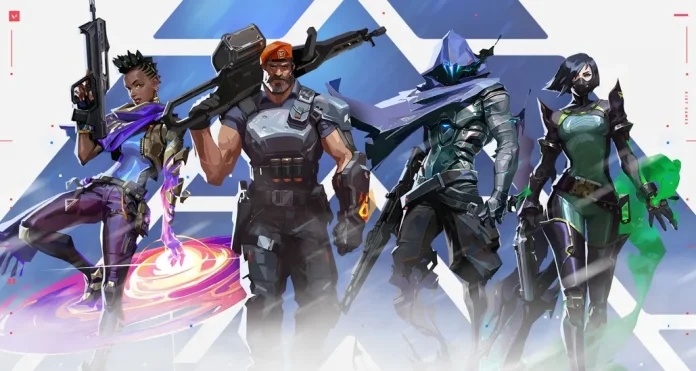Valorant, the tactical first-person shooter developed by Riot Games, has become a phenomenon in the gaming world. But how does a free-to-play game like Valorant generate revenue? Let’s explore the various ways in which Valorant continues to be a financial success for its creators.
Microtransactions: The Core of Valorant’s Revenue
At the heart of Valorant’s revenue model are microtransactions. Players can purchase Valorant Points (VP) with real money, which are then used to buy in-game cosmetics such as weapon skins and player cards. These cosmetics can be further enhanced with special effects using Radianite Points (RP), which can be earned by playing the game or purchased with VP. This system encourages both spending and playing, as players can choose to support the developers by buying skins or use alternative methods like Amazon Gift Cards to top up their VP balance.
Partnered Teams and Revenue Sharing
Valorant’s esports scene also contributes to the game’s revenue. Partnered teams receive a stipend for participating in the league, with a minimum of $600,000 and the potential for an additional $400,000. Moreover, teams get a share of the revenue from in-game items and monetized team-branded content. For instance, the VCT Champions bundle generated at least $16 million, with a significant portion going to the teams. Prize pools and incentives for exceptional performance further bolster the earnings of these teams.
In-Game Economy and Player Spending
The in-game economy is a critical tactical element in Valorant. Players earn credits through various actions like winning rounds, making kills, and planting the Spike. The management of these credits is essential, as it influences the outcome of matches. Players must decide when to invest in full buys or save for future rounds. The Econ Rating is a metric that helps players understand how efficiently they are using their credits, with a high rating indicating effective money management.
Riot Games’ Broader Business Model
Riot Games, the developer of Valorant, has a business model that heavily relies on microtransactions. For example, League of Legends, another of Riot’s titles, earns an average of $31 per second from microtransactions. Riot also generates revenue through advertising, sponsorships, and the sale of game-related merchandise. This diversified revenue stream has proven to be highly successful, with League of Legends alone bringing in $1.75 billion in 2021.
The Impact of Valorant Champions Skin Bundle
The Valorant Champions skin bundle is a prime example of how in-game cosmetics can drive revenue. Since its launch, the bundle has generated $40 million, with about half of that being distributed among the participating teams. This equates to a substantial amount of revenue for each team, showcasing the profitability of such in-game items.
Valorant’s financial success is a testament to the effectiveness of microtransactions in free-to-play games. By offering players a variety of cosmetics and in-game enhancements, Riot Games has created a revenue model that encourages both casual and competitive players to invest in the game. Additionally, the integration of esports and the sharing of revenue with partnered teams have further solidified Valorant’s position as a profitable venture. As the game continues to grow, it’s clear that Valorant’s monetization strategies will continue to evolve and drive the game’s success.


